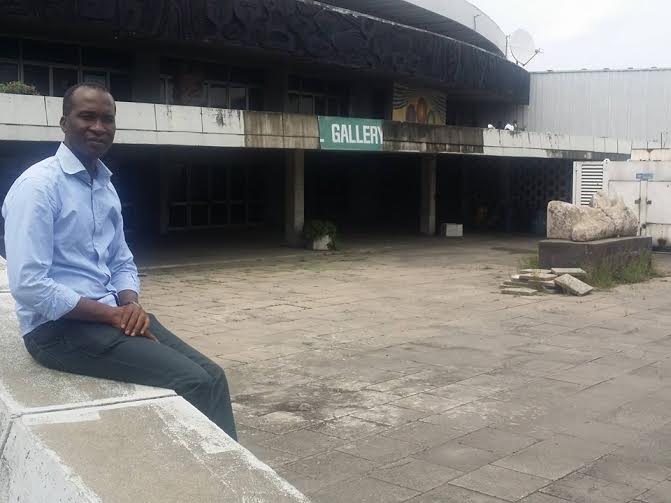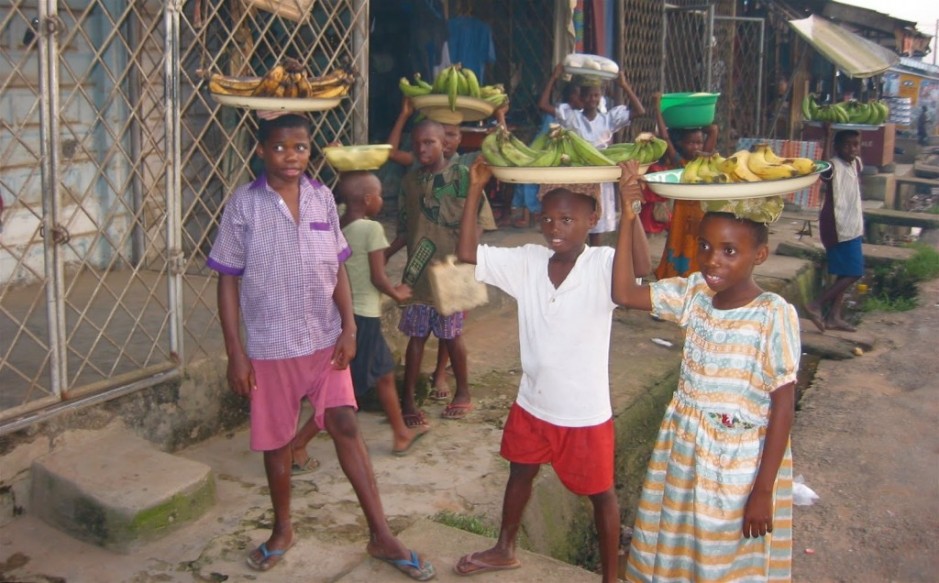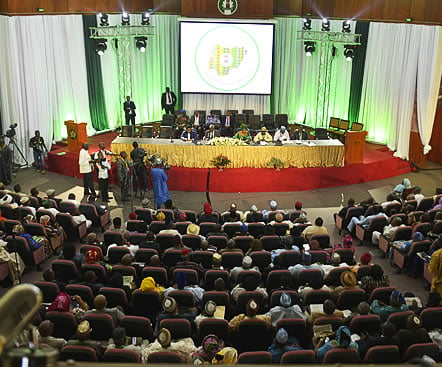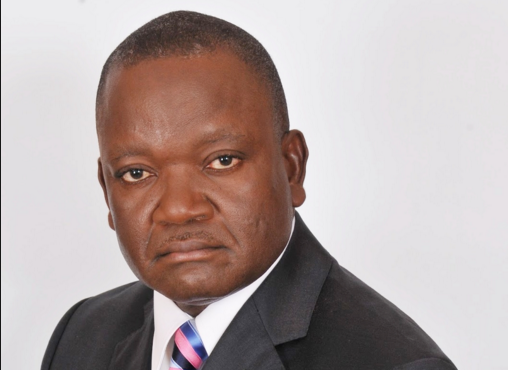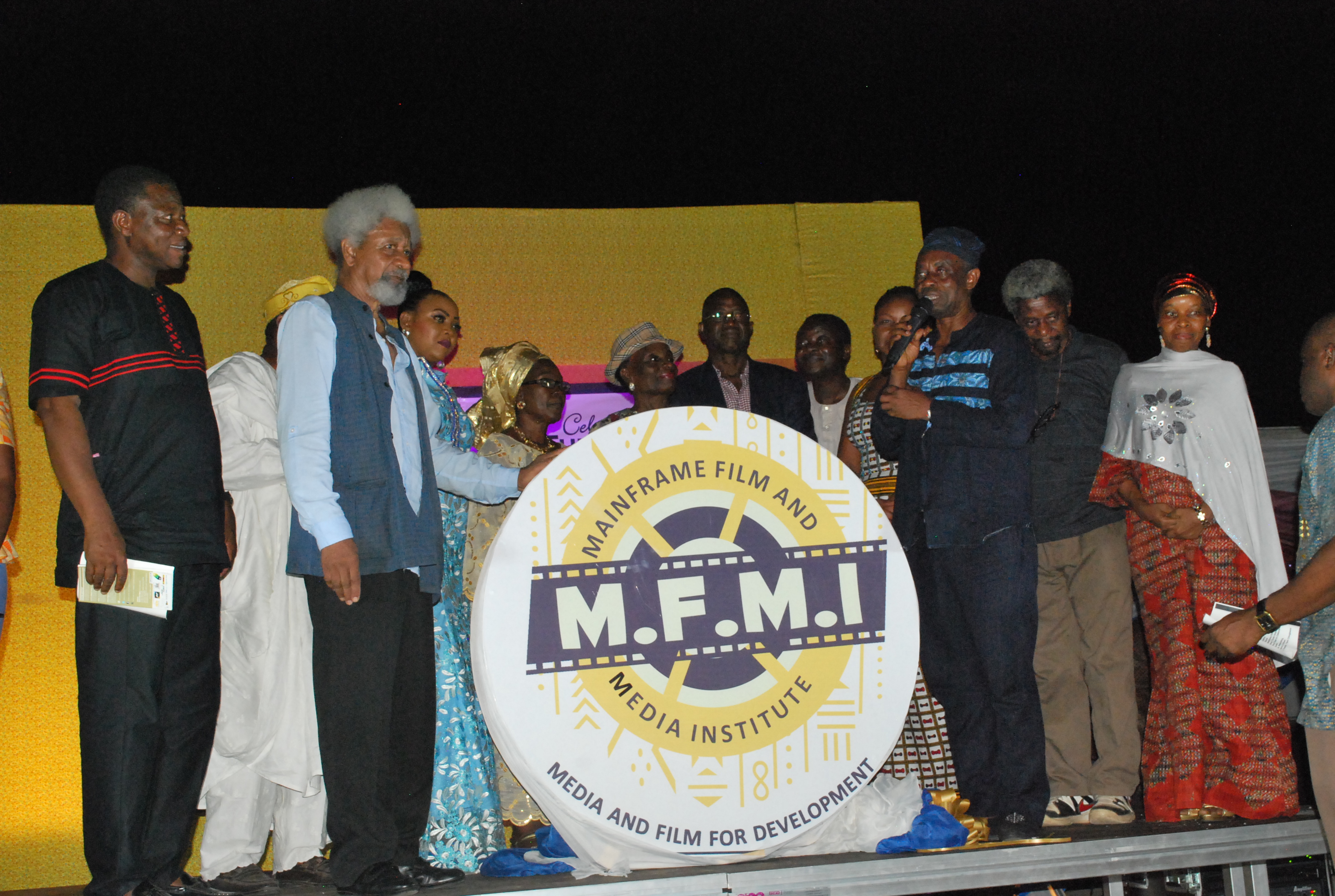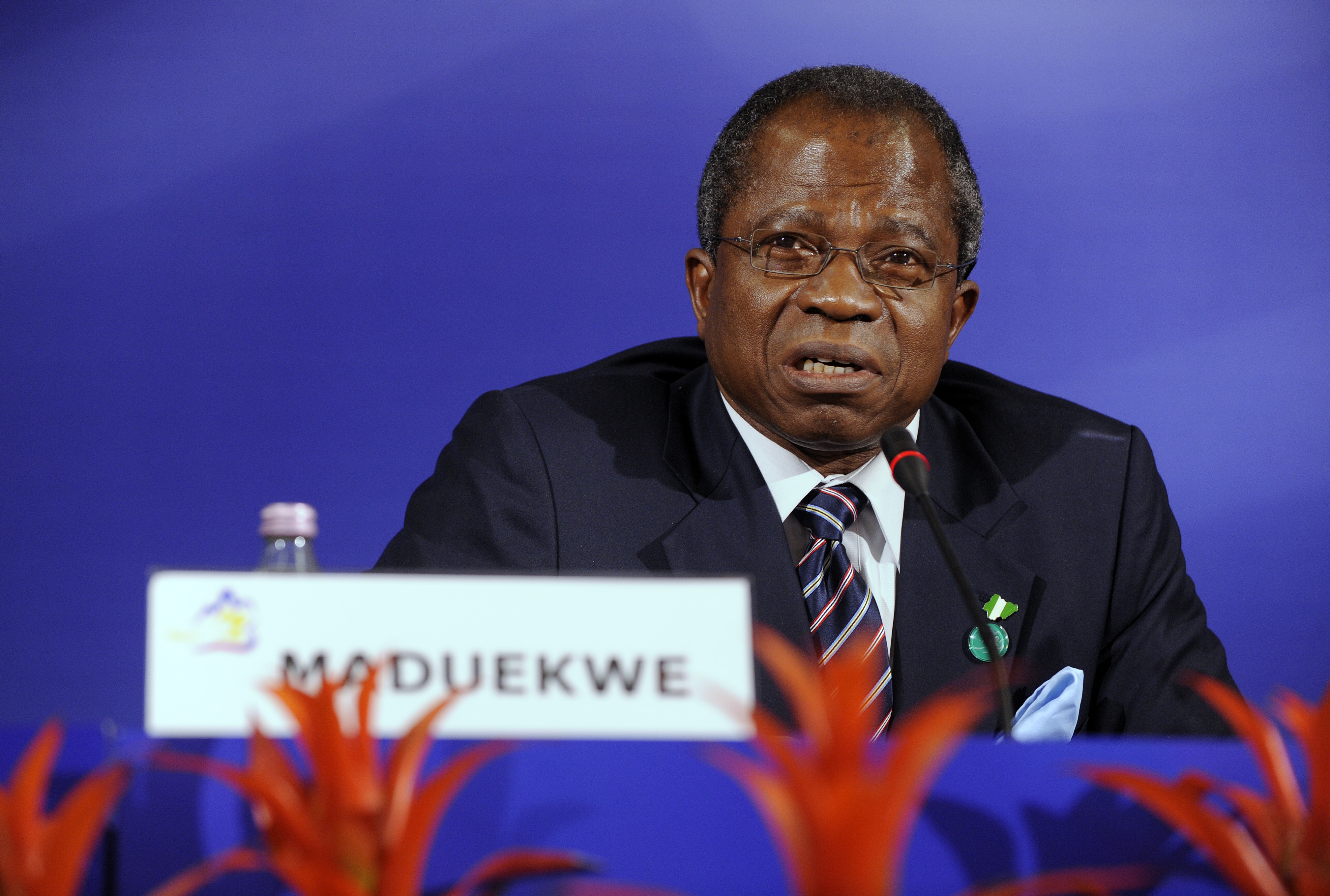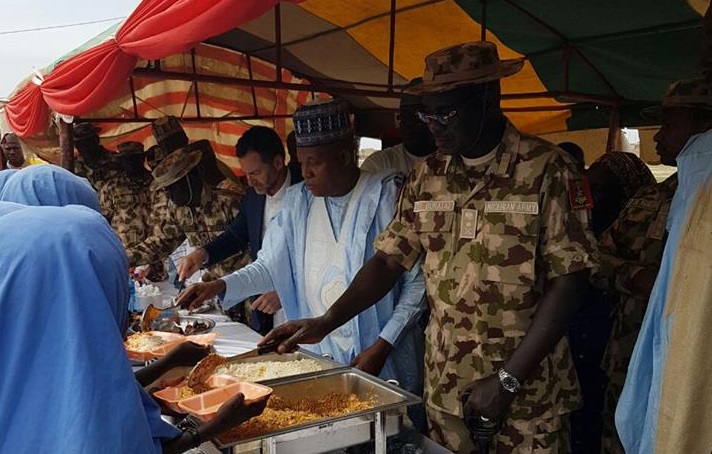BY PELU AWOFESO
On a typical day, the National Gallery of Modern Art, located at Entrance B of the National Arts Theatre in Lagos, is locked up and in total darkness. I persuaded the security on duty to let me go in; when I eventually step into the exhibition halls, I could barely read the texts pinned next to the paintings and sculptures.
“This is what it looks like most times and what we face always,” says Baba Agba (not real names), who saunters in minutes later. “The only time we have light here is when the generator is on, and that is usually when the Director-General is around.”
He is supposed to be the in-house guide, but he does none of that. Dressed in Buba and Sokoto, Baba Agba is unsmiling. His every word is laced with a tone of helplessness and dissatisfaction. “The government is not paying attention to this place, it is not funding it well,” he continues, when I probe further, wanting to know why a place that should be a magnet for visitors, is this deserted. “Just see for yourself: the place is hot and the seat over there is useless. Who would want to stay in an environment like this? Tell me, who?”
I get his point and I could only nod in agreement, in understanding. I have visited dozens of museums in Nigeria and I know for a fact that most of them are off-putting, in similar shape as the NGA. The air is nearly suffocating but I manage to look around, aided by the rays of natural light entering through the entrance and from spaces near the ceiling. Works of many renowned Nigerian artists — Erhabor Emokpae, Bruce Onobrakpeya, Aina Onabolu, Kolade Osinowo — hang on the wall and sit on pedestals.
Advertisement
Busts of kings (Ooni of Ife, Oba of Benin) and queens (Queen Amina, Queen Idia) share the gallery space with paintings of Nigeria’s historical personalities (Uthman dan Fodio, Ajayi Crowder, Hubert Macaulay), cultural superstars (Wole Soyinka, Chinua Achebe) and former heads of states and presidents (Murtala Mohammed, Yakubu Gowon, Shehu Shagari).
And various artists explore attention-grabbing aspects of Nigeria’s traditional life, deities and icons — markets, olokun and Abiku to mention a few. Pretty much everything and everyone that define Nigeria in the past century is highlighted in the gallery; they must have been in excellent shape when first installed but they now appear uninspiring, no thanks to the improper environment they have been kept in these many years.
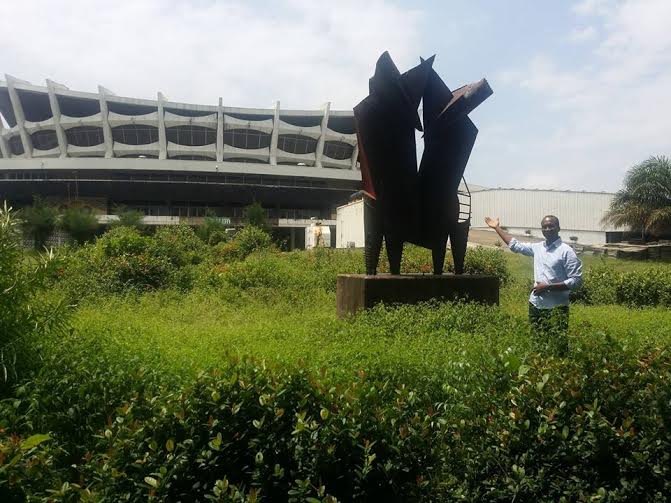
Advertisement
Like the controversy-prone National Arts Theatre, the Gallery ought to be a monument of national pride. And ordinarily, it should be top on the itinerary of school excursions; a visit here by pupils will help to ground the kids in their heritage, like the National Museum in Onikan is already doing. On both counts, sadly, it is not.
“They don’t even advertise this place, so how will Nigerians know it,” Baba Agba says when I pay the token N100 charged per head. “If there is publicity, a few air conditioners installed and a small generator working, maybe things will change for the better. Or they should even let the private sector manage it.”
His last sentence takes me unawares. But from the tone of his voice, I can tell he doesn’t mean it, neither is he convinced that any of these possible solutions will be implemented anytime soon. Just then, my gaze falls on the shelf behind him; it is dusty and empty, save for two old exhibition catalogues and a journal which have all gone past their sell-by dates.
Though funded by government, the decree establishing the Gallery (in 1993) provides that it could generate additional revenues from the sale of art works, books and publications. That is obviously not happening.
Advertisement
On my way out, I take a final look at the 10-foot fibre-glass replica of the Sato drum, placed near the exit. It reminds me of the carved door posts that were a regular feature of homes and palaces in some of Nigeria’s towns and villages in the 20th century.
Outside the gallery, Baba Agba walks me through the astonishing collection of wood sculptures spaced out on the airy balcony, bathed in the pleasant glow of daylight. There is no tag on any of them, so there is no way of knowing which artist is responsible for which work, what year they were made and from which type of timber they were cut. From all indication, Baba Agba doesn’t strike me as someone who knows about these works, but I let him tell me what he knows.
“This one is called ‘Caring’,” he says of the first piece, the lean figure of woman with a child strapped to her back. “You can see that she is looking back to see if the baby is okay.”
We move on. “This one is called ‘Mother and Child’,” he says of the second one, a few feet away. And pointing towards the base of the work, he says: “You can see the woman’s breast here and the child.”
Advertisement
I chuckle, bend towards the carving’s lower section and point at one of the nipples to show him I see where the breasts her.
“This one is called ‘Egun Elewe’,” he says of the third piece, which my mind tells me most likely represents something else. “It is a masquerade from Ibadan in the southwestern part of the country.”
Advertisement
There is a sprawling mural, roughly the size of a standard billboard, towards the end of the balcony. It is where the tour ends and Baba Agba walks back to his duty post. From where I’m standing, I stare down at the formless sculpture that had caught my attention moments ago and piqued my curiosity. White and partially dismembered, it sits there like a ruin.
Further ahead, encircled by an unkempt garden is “Dancing Masquerade”, the masterful metal work by the late Sam Omawe, possibly installed in the 1980s. Like everything else I have seen here, it is bad shape. Parts of it are corroded, the unmistakable effect of the elements, the passing of time and, of course, neglect.
Advertisement
What exactly do the departments and agencies under the Ministry of Culture and Information spend their budgetary allocations on? Whatever they are, maintenance and personnel development is clearly not one of them.
The government must be joking to think frivolous trips abroad in the guise of bi-lateral agreements will grow domestic tourism. Seventeen years of doing that has not changed anything—the work and the change we seek must begin from within.
Advertisement
Views expressed by contributors are strictly personal and not of TheCable.
Add a comment
